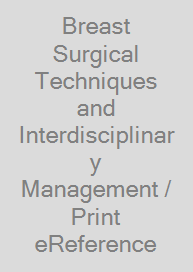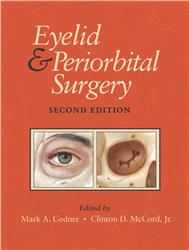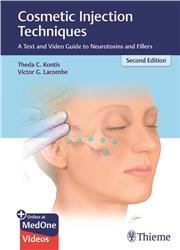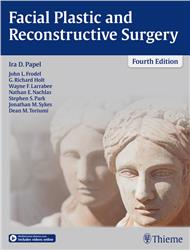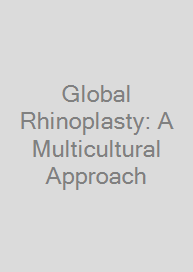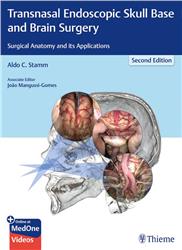Breast Surgical Techniques and Interdisciplinary Management / Print + eReference
Office Management and Surgical Techniques
| Auflage | 2nd ed. 2020 |
| Seiten | 1200 p., 450 illus. |
| Verlag | Springer |
| ISBN | 9783319073453 |
| Artikel-Nr. | 596105 |
Lieferzeit ca. 5 Werktage
Weitere Formate und Ausgaben
Print-Ausgabe2nd ed. 2020
€ 459,03
Produktbeschreibung
Breast Cancer care is progressing at a rapid pace and with an increasing requirement for interdisciplinary collaboration, highly nuanced cross-discipline expertise and required understanding of advances in breast cancer biology. The first edition of Breast Surgical Techniques and Interdisciplinary Management introduced a text of considerable breadth and depth. This second edition updates general areas but also more fully addresses the accelerating nuances in care. While other texts continue to force the reader to "dig" for relevant information that is often dispersed across several chapters, the editors have retained the content delivery in a focused fashion that enable the reader to quickly grasp the key concepts that is problem-based. The obvious benefit to the reader is the ability to take away actionable information in much shorter time period and with a much higher retention rate. This makes the text of considerable value for those who require "must have" knowledge in as short a time period as possible. This text continues to deliver content that is easily readable with key points absorbed clearly and rapidly. The new chapters most importantly add topics that are of essential importance to the breast cancer specialist, including our "new world" and highly important method of evaluating physician performance; breast cancer stem cells as a unifying concept for breast cancer care and therapy; next-gen sequencing to more clearly understand the specific genetic and other biologic variables that will likely impact care for individual patients; the changing surgical management of axillary nodes; more nuanced information regarding targeted systemic therapies; evolving roles of accelerated forms of radiation as well as areas where radiotherapy is potentially replacing surgery; the increasing importance of psychosocial care and palliative care, both as the "right" thing to do as a an overall movement in general cancer care. There is no other text available which brings this material together in such an accessible fashion to the student, resident, fellow, clinician in the early stages of their career or to those who are "re-tooling" the focus of their career. Even seasoned clinicians will find "pearls" in the text in areas outside their particular expertise.
Fachzeitschriften

Bleiben Sie informiert!
Melden Sie sich für den frohberg.de-Newsletter an und nutzen Sie jetzt Ihre Vorteil:- Willkommens-Dankeschön: Beatmungsmaske Rescue Me
- Aktuelle Neuerscheinungen und Empfehlungen
- Exklusive Angebote und Kongress-Highlights
